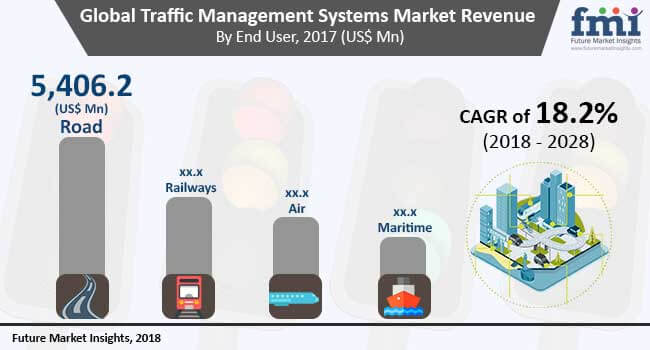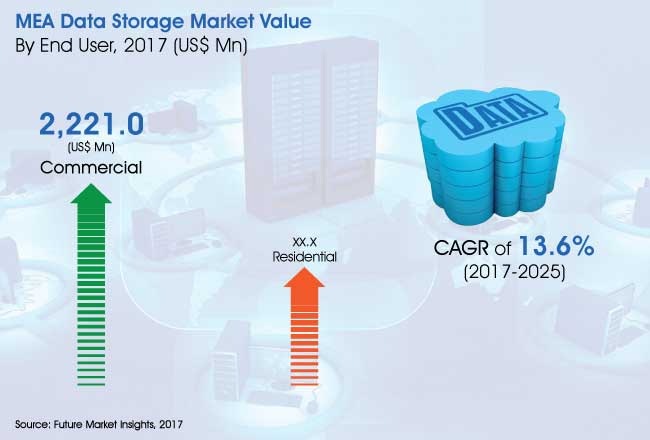Global demand for actinic keratosis treatment, majorly driven by that in the U.S. and European countries, continues to grow at a strong rate. Poised for revenues of over US$ 4 Bn by the end of 2019, the global actinic keratosis treatment market will exhibit an impressive CAGR of 7% during the forecast period (2019 – 2029).
The understanding about the nature of actinic keratosis and the potential risk of this condition progressing to squamous cell carcinoma (SCC) is improving, among patients as well as healthcare providers. Especially among the elderly, actinic keratosis remains one of the most commonly diagnosed dermatological condition that creates a continued need for efficacious treatments.
Key Takeaways – Actinic Keratosis Treatment Market Study
- Growing use of topical products as the first-line preference for actinic keratosis treatment is offering huge opportunities to market players to develop and launch new topical products for actinic keratosis treatment.
- Increasing collaboration activities by key market players of the actinic keratosis treatment market with other companies to broaden their products portfolio is anticipated to propel the actinic keratosis treatment market growth.
- For instance, in March 2017, Galderma SA (Nestle Skin Health Company) collaborated with Colorescience, to enhance its product portfolio for aesthetic treatment.
- Increasing product approvals of actinic keratosis treatment by regulatory bodies is expected to fuel the actinic keratosis treatment market growth.
- For instance, in March 2018, combination of Ameluz and daylight photodynamic therapy (PDT) by Biofrontera AG got approval from the European Union.
- The U.S. and Australia marking rise in incidence and prevalence of actinic keratosis will remain highly prominent markets for actinic keratosis treatment providers.
For more insights into the market, request a sample of this report@ https://www.futuremarketinsights.com/reports/sample/rep-gb-3233
Who Is Winning?
The actinic keratosis treatment market report tracks the key market players, which includes GlaxoSmithKline Plc. Nestle SA, Novartis AG, Sun Pharmaceutical Ltd., Leo Pharma Inc. etc. Leading manufacturers in the actinic keratosis treatment market are focusing on acquisitions to enhance their product portfolio. For instance, in November 2015, Leo Pharma A/S completed the acquisition of dermatology business of Astellas Pharma. With this acquisition, the company expanded its dermatology product portfolio segment. Companies are also focusing on segment leadership. In February 2016, Cipher Pharmaceuticals Inc. launched Actikerall for the topical treatment of slightly palpable and/or moderately thick hyperkeratotic actinic keratosis to mark their leadership in topical product segment.
Combination therapies such as topical fluorouracil cryotherapy, PDT and imiquimod therapy, chemical peels, and 5-FU are generally the most prescribed therapies for actinic keratosis. Convenient administration, lower potential for irritation, and systemic absorption continue to underpin their high adoption rate. Development of drugs with increased efficacy and decreased side effects that can be used as combination therapy for actinic keratosis treatment is currently the focal point of global market leaders. Biofrontera AG commercially launched its product Ameluz (2016), used in combination with PDT for actinic keratosis treatment.
What Does the Report Cover?
Future Market Insights offers a unique perspective and actionable insights on actinic keratosis treatment market in its latest study, presenting historical demand assessment from 2014 – 2018 and projections from 2019 – 2029 on the basis of treatment category (topical treatment, procedural modality, photodynamic therapy and others), disease type (clinical AK and subclinical AK)and end-user (hospitals, laser therapy centers, private dermatology clinics, spas and rejuvenation centers, cancer treatment centers, homecare) in seven key regions.
Request a Complete TOC of this Report with figures:
https://www.futuremarketinsights.com/toc/rep-gb-3233
About FMI:
Future Market Insights (FMI) is a leading provider of market intelligence and consulting services, serving clients in over 150 countries. FMI is headquartered in Dubai, the global financial capital, and has delivery centers in the U.S. and India. FMI’s latest market research reports and industry analysis help businesses navigate challenges and make critical decisions with confidence and clarity amidst breakneck competition. Our customized and syndicated market research reports deliver actionable insights that drive sustainable growth. A team of expert-led analysts at FMI continuously tracks emerging trends and events in a broad range of industries to ensure that our clients prepare for the evolving needs of their consumers.
Contact Us:
Mr. Debashish Roy
Unit No: AU-01-H Gold Tower (AU), Plot No: JLT-PH1-I3A,
Jumeirah Lakes Towers, Dubai,
United Arab Emirates
MARKET ACCESS DMCC Initiative
For Sales Enquiries: sales@futuremarketinsights.com
For Media Enquiries: press@futuremarketinsights.com
Website: https://www.futuremarketinsights.com


